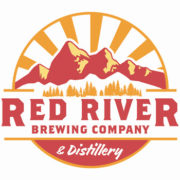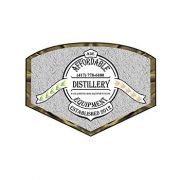
The process that alcohol enters, interacts, and exits a bourbon barrel has a lot of similarities to how alcohol enters, interacts and exits the human body. At the recent 3rd Annual James B. Beam Institute Industry Conference, a whiskey educator and barrel rep got together and explained the process.
Colin Blake is the Director of Spirits Education at Moonshine University in Louisville, Kentucky. He’s been teaching courses on bourbon, whiskey, absinthe, rum and other spirits topics since Moonshine University began in 2012. When Blake needs help teaching his classes about barrel maturation, what happens inside a bourbon barrel and how the barrel affects flavor, he often calls on Andrew Wiehebrink, Director of Research and Innovation at Independent Stave Company.
Together, Blake and Wiehebrink are well known in the distilled spirits industry, and they have many students that have taken their courses that have gone on to start a distillery or have fine-tuned their skills to take their spirits making and maturation techniques to the next level.
Today’s lesson taught at the conference takes a top-line view of The Chemistry of What Happens Inside the Barrel and the Body. In particular they are focusing on the interaction of ethanol in the barrel and body.
Watch the video and scroll through the slides below to learn the chemistry of what happens inside the barrel and the human body.
Stay Informed: Sign up here for the Distillery Trail free email newsletter and be the first to get all the latest news, trends, job listings and events in your inbox.
One interesting factoid that Wiehebrink shared about the barrel is oxygen pathways. According to a study that sealed off different areas of a wooden barrel, here are the areas where oxygen enters and exits a wooden barrel.
- 15%: Croze/Bung – The Croze is the joint where the barrel head is embedded between the chime and the staves of the barrel. The Bung is the plug that goes in the hole where the new make whiskey enters the barrel and eventually exits when its dumped. The bung material may be a variety of woods including oak, poplar, or walnut or some cases plastic.
- 22%: Staves – The staves are typically American Oak but could be French Oak or several other types of oak. The number of staves used to make a barrel will vary based on the size of the barrel. There is no set number of staves used to make a barrel. A 53-gallon barrel typically has between 31 and 33 staves.
- 63%: Joints – The joints are the spaces found between the staves.
When it comes to the human body the spirit interacts with all the organs of the body. For this example to keep it simple they focus on the brain, stomach, small intestines and liver. Here are a few interesting factoids of what happens upon ingestion of spirits.
- Brain – It takes about 5 minutes for alcohol to reach your brain.
- Stomach – Absorbs 20% of that alcohol into your bloodstream.
- Small Intestines – Aborbs 80% of that alcohol into your bloodstream.
- Liver – Processes 90% of the ethanol ingested.
- Urine, Sweat, Breath – The remaining 10% of ethanol exits the body through one of these points.
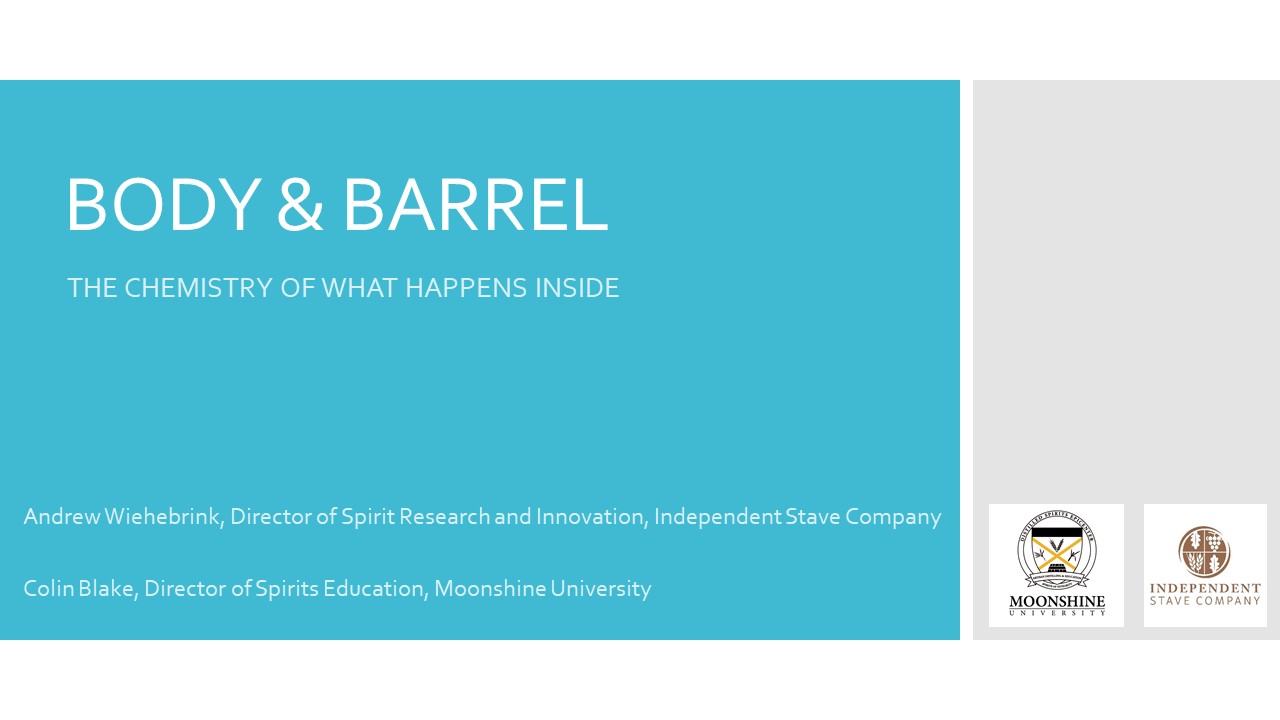
-
Save

-
Save
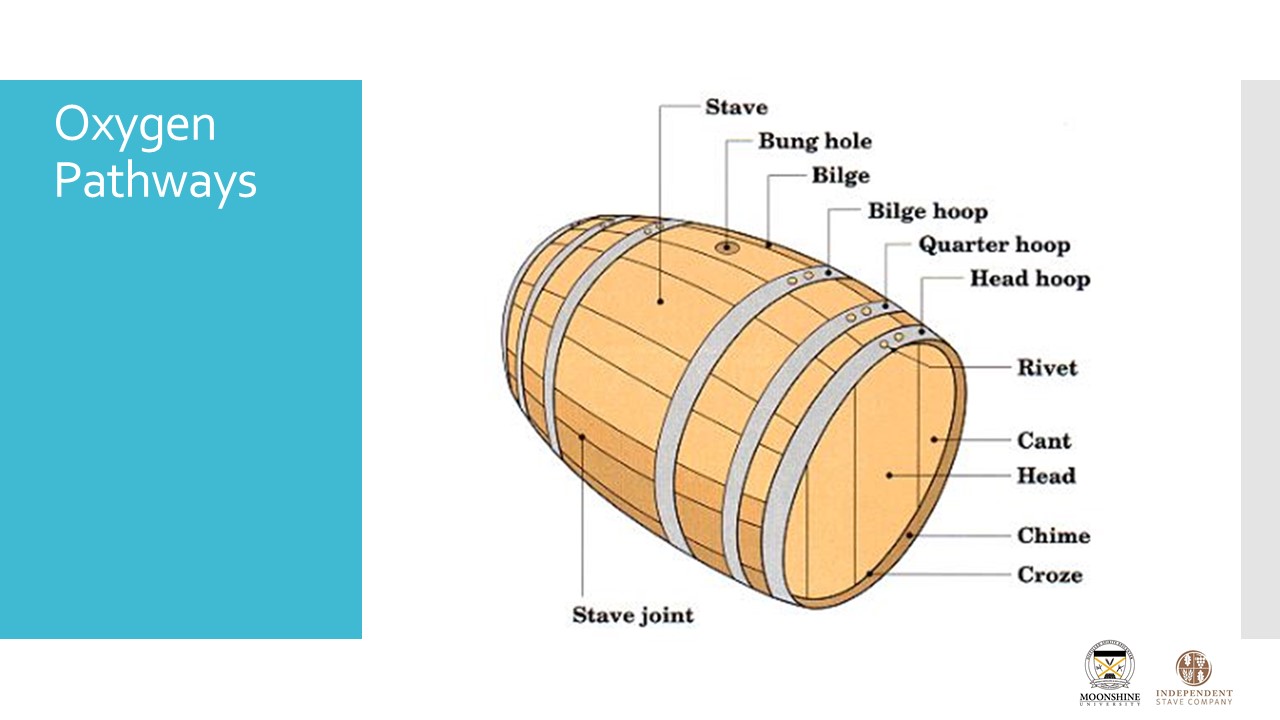
-
Save

-
Save
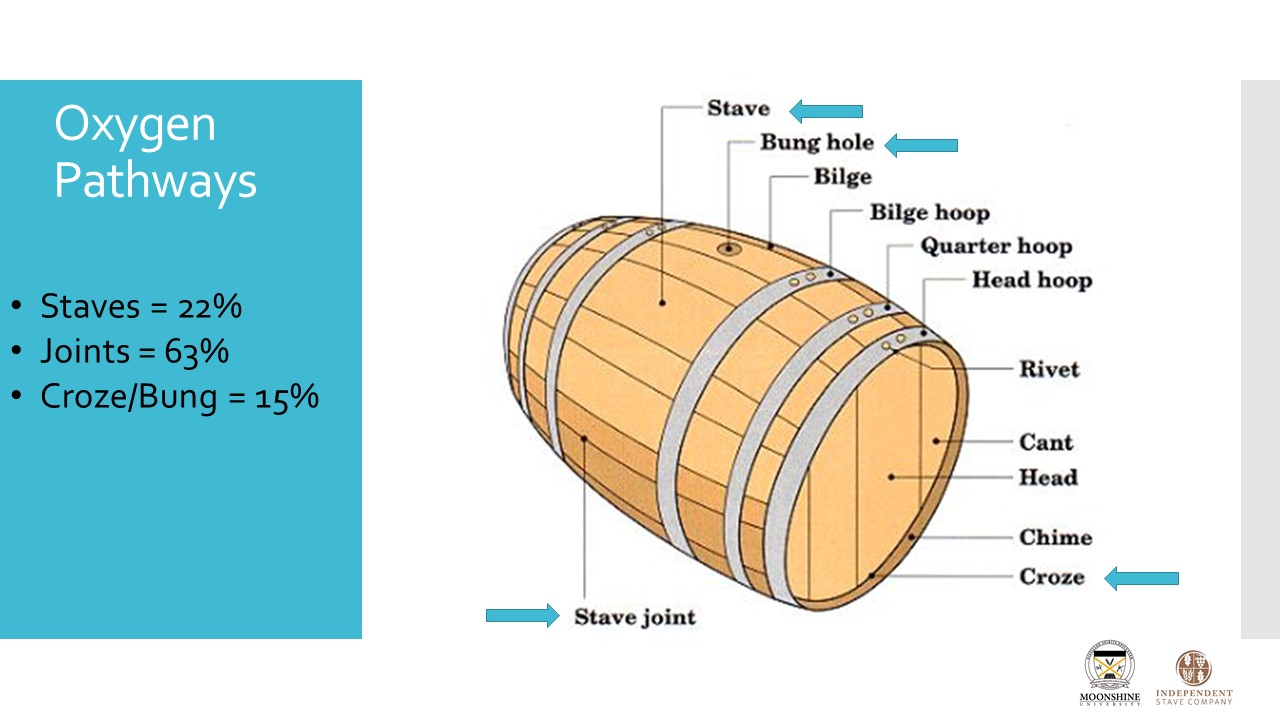
-
Save

-
Save
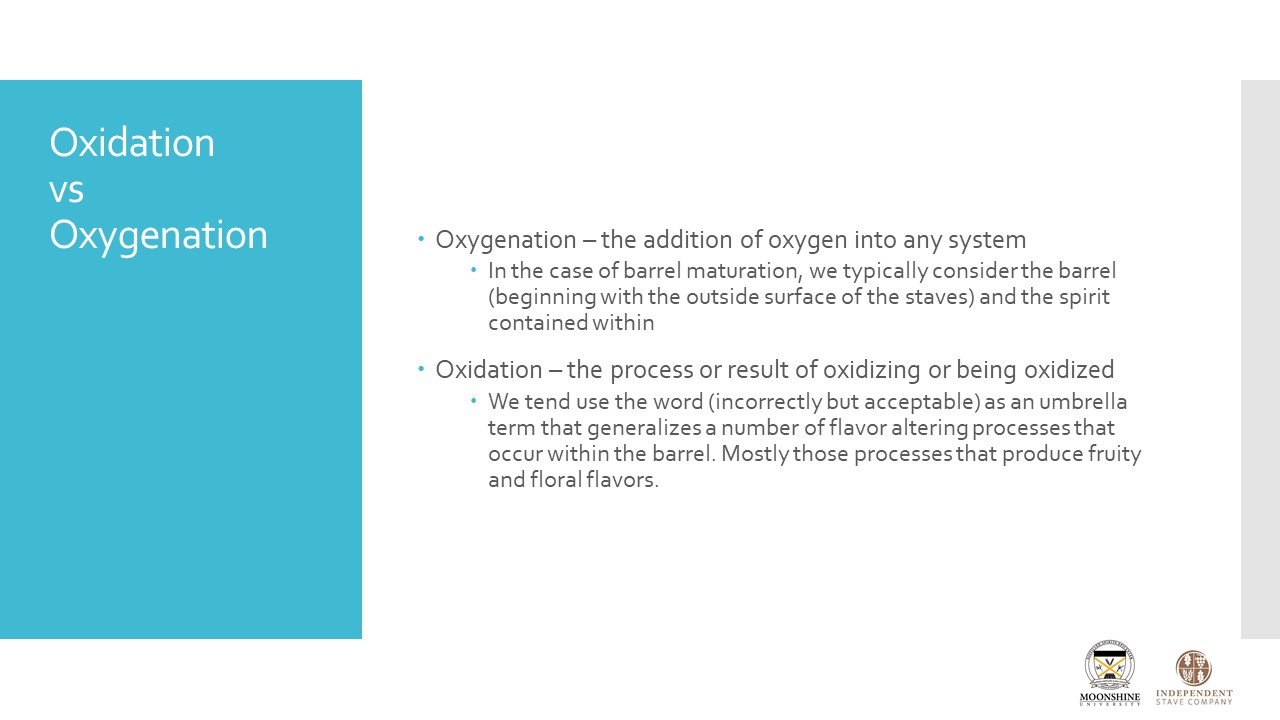
-
Save

-
Save
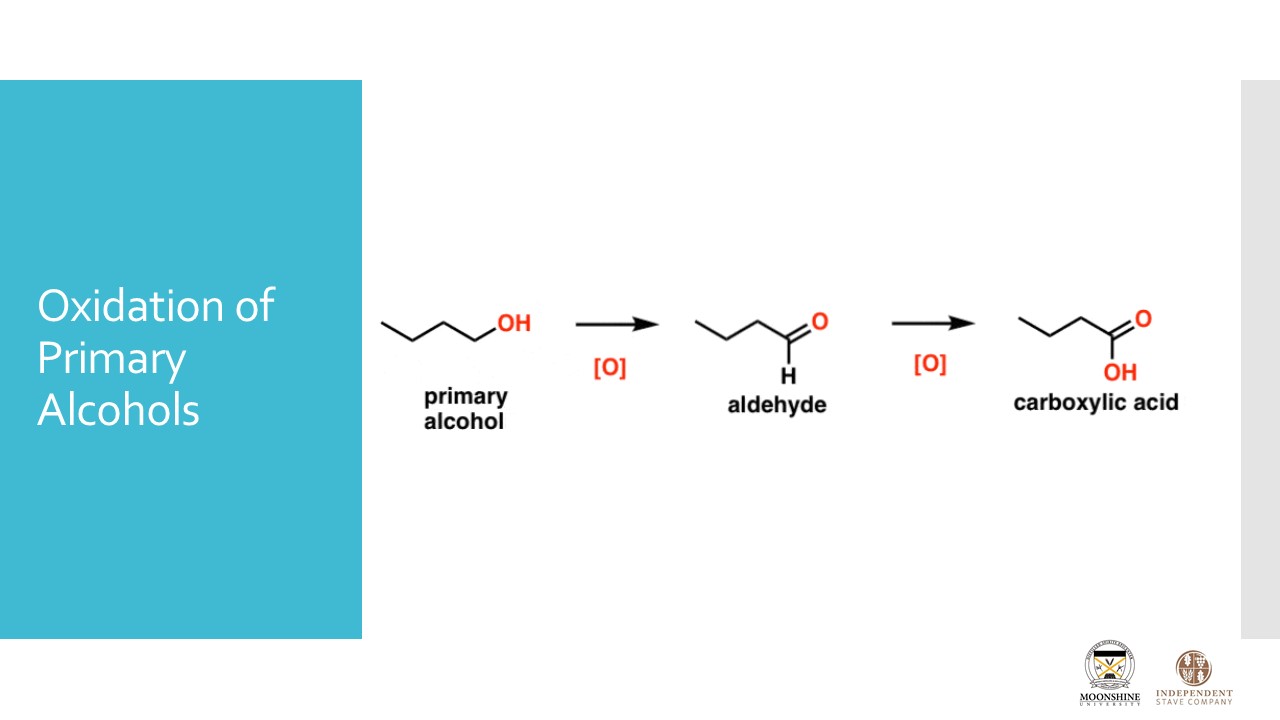
-
Save

-
Save
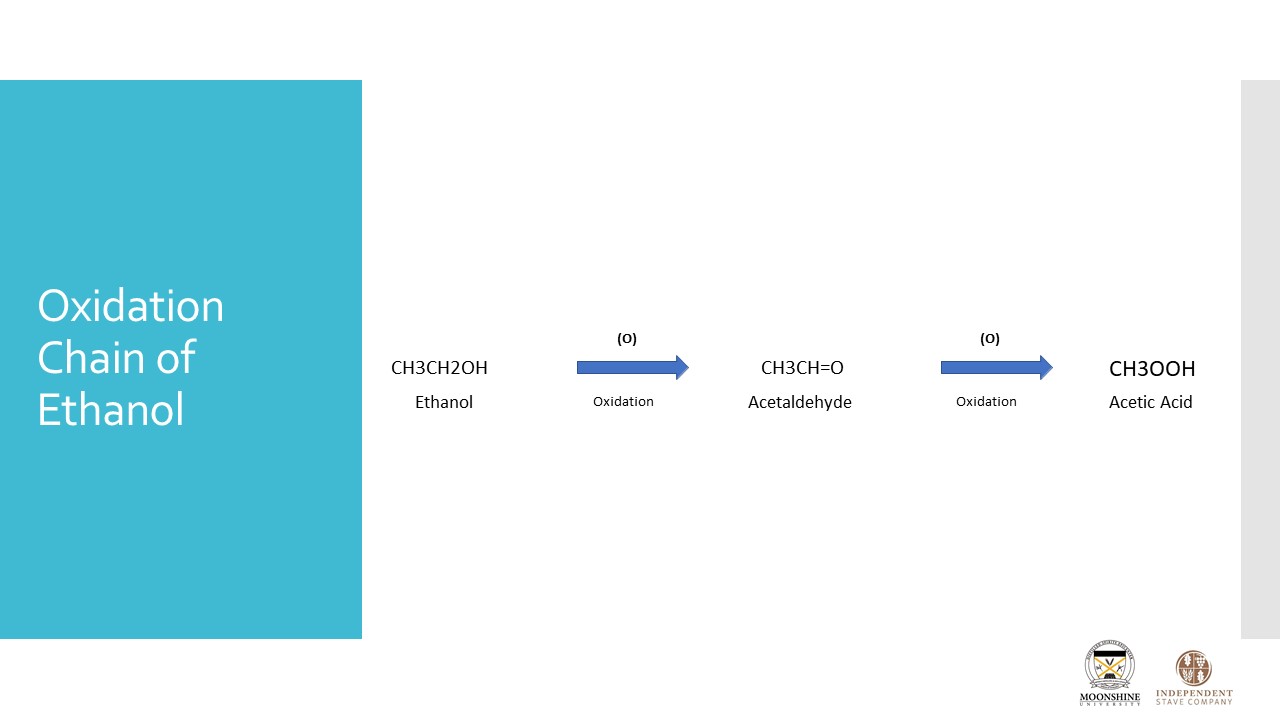
-
Save

-
Save
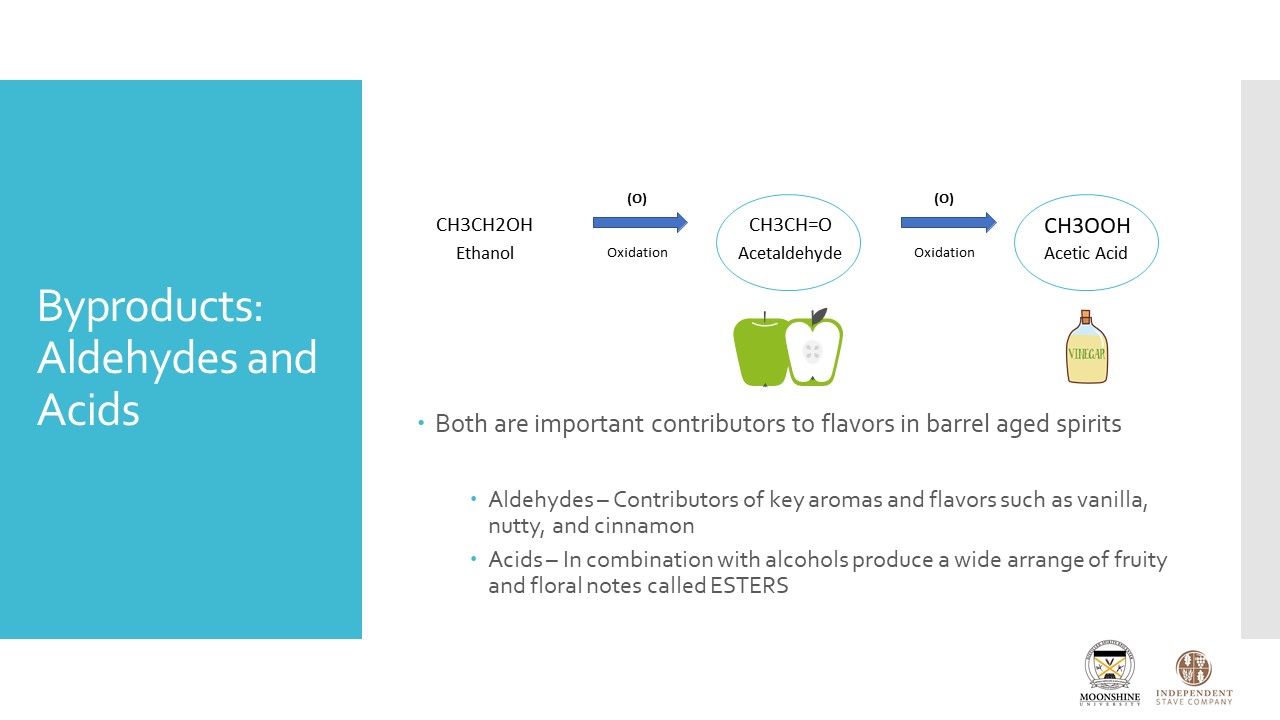
-
Save

-
Save
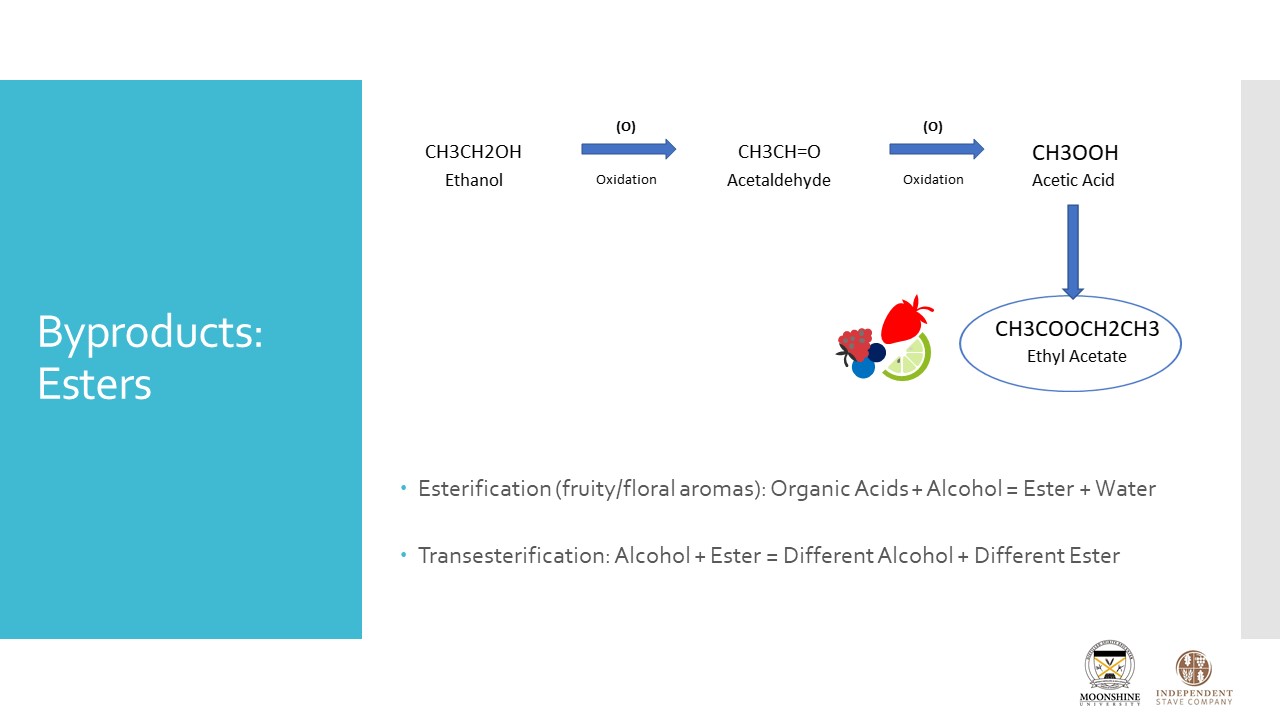
-
Save

-
Save
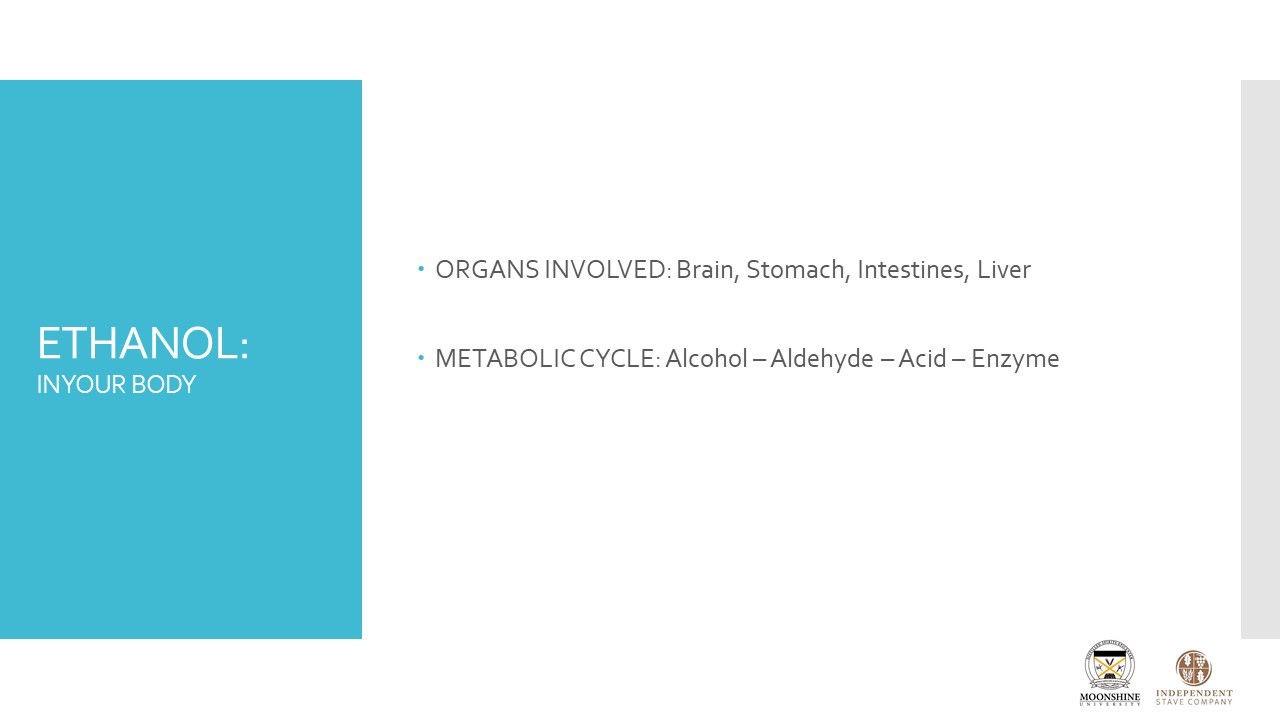
-
Save

-
Save
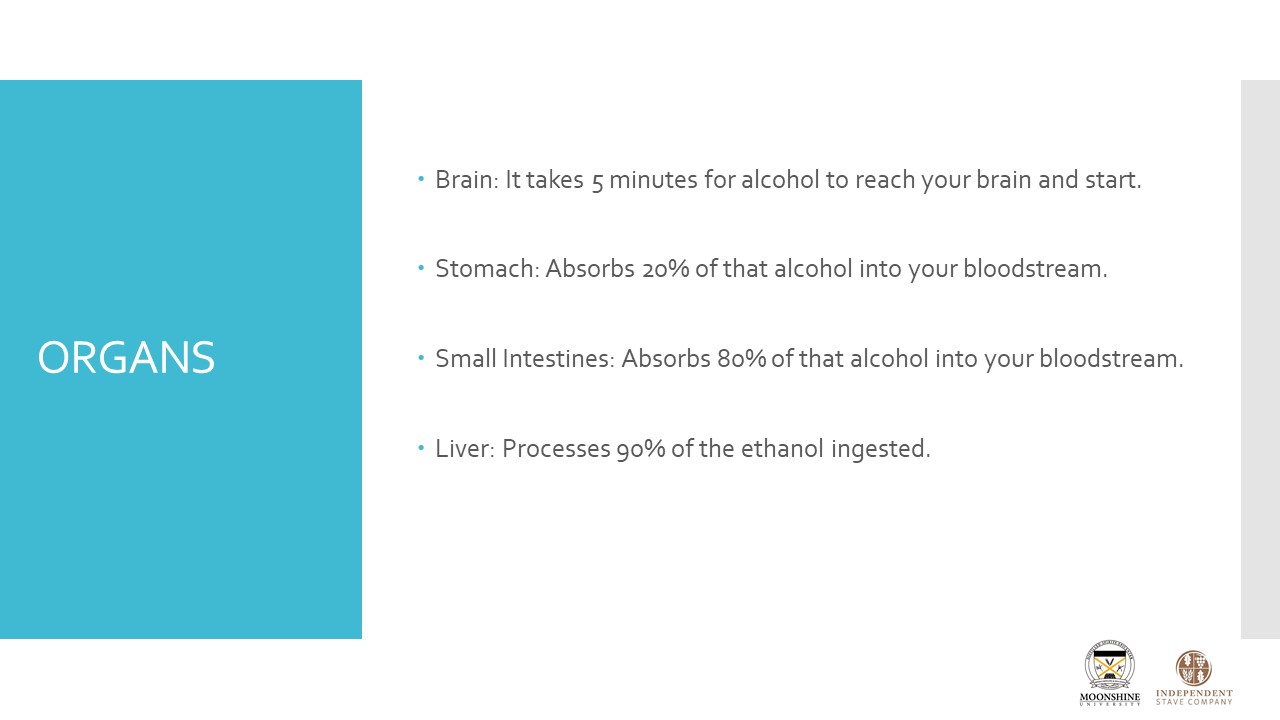
-
Save

-
Save
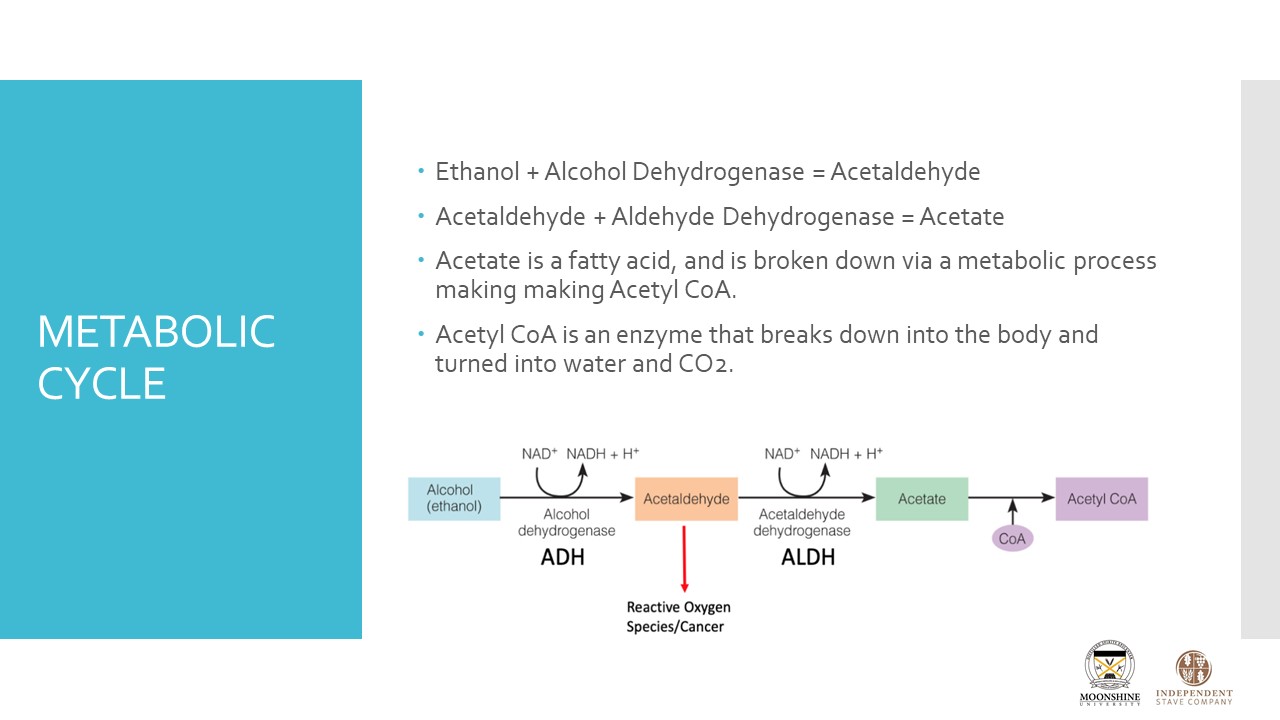
-
Save

-
Save
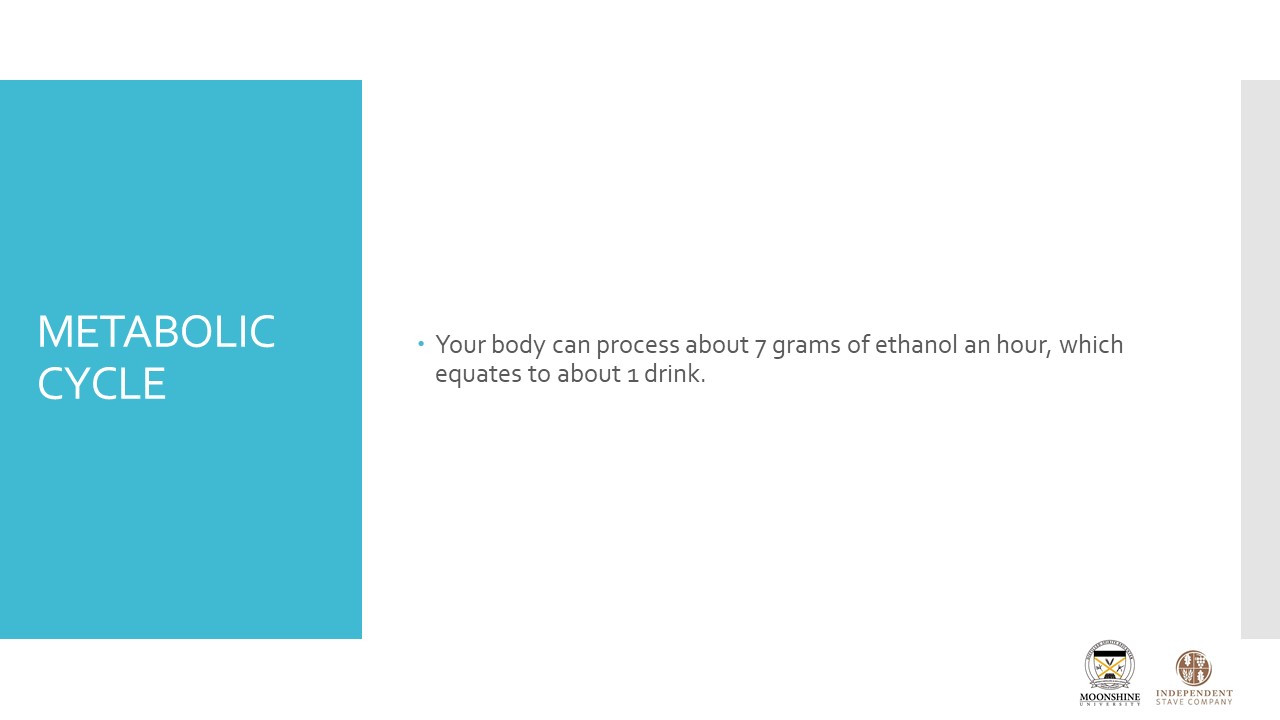
-
Save

-
Save
Please help to support Distillery Trail. Sign up for our Newsletter, like us on Facebook and follow us on Instagram, Twitter and LinkedIn.

